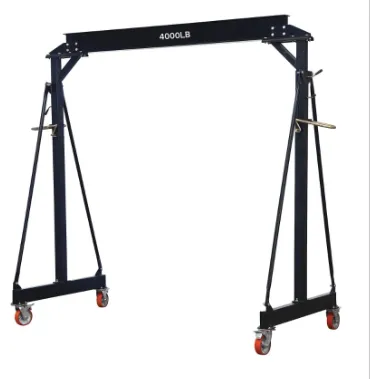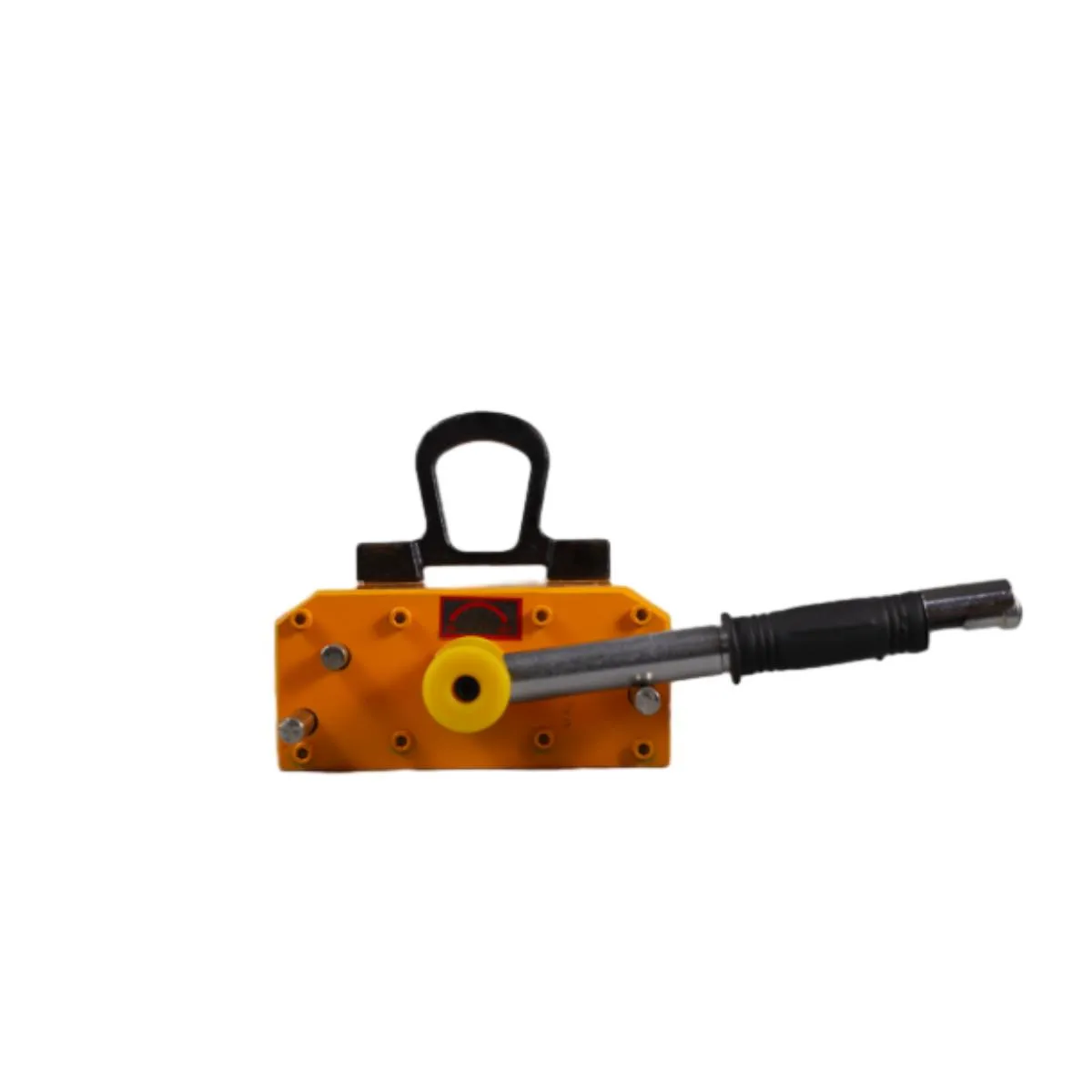Heavy Load Moving Equipment & Skates - Industrial Heavy-Duty Solutions
- The critical role of heavy load moving equipment
in modern industry - Unmatched technical advantages and performance data
- Comparison of leading manufacturers and product specifications
- Tailored solutions for unique operational requirements
- Success stories: real-world application scenarios
- Key factors to consider when selecting equipment
- The future trajectory of heavy load moving technologies

(heavy load moving equipment)
Heavy Load Moving Equipment: The Backbone of Industrial Operations
Industrial sectors worldwide increasingly depend on specialized machinery to handle oversized cargo with precision. Engineered to maneuver multi-ton loads through confined spaces, these systems enable projects previously deemed impossible. Manufacturers now incorporate hardened steel alloys capable of withstanding 500-ton capacities while maintaining compact profiles under 20 inches in height. The evolution from manual rigging to integrated hydraulic transport systems represents one of manufacturing's most significant efficiency breakthroughs.
Engineering Superiority and Performance Metrics
Contemporary heavy load skates demonstrate revolutionary weight distribution technology. Hydraulic equalization systems automatically balance pressure across all contact points, reducing ground pressure by up to 70% compared to legacy equipment. This prevents structural damage to sensitive flooring systems while transporting payloads exceeding 300 metric tons. Operational testing reveals remarkable precision - multidirectional skates achieve positioning accuracy within ±1.5mm during critical alignment procedures. The latest models feature intelligent load monitoring with 25+ safety sensors that provide real-time stability analytics via industrial IoT platforms.
Remote-controlled heavy duty load skates have transformed installation timelines for turbine generators and reactor vessels. Case studies show 40% faster positioning compared to traditional crane operations, with parallel movement capabilities eliminating costly repositioning sequences. Maintenance teams particularly value the modular architecture enabling rapid component replacement without specialized tools. Unlike competing solutions, these systems require no external power source beyond their onboard batteries, delivering up to 72 hours of continuous operation per charge cycle.
Manufacturer Capability Analysis
| Specification | Goliath Cranes | Titan Movers | Atlas Load Systems |
|---|---|---|---|
| Max Capacity (metric tons) | 1,200 | 850 | 1,500 |
| Minimum Turning Radius | 18° | 25° | 12° |
| Safety Redundancy Systems | Triple hydraulic | Dual hydraulic | Quadruple hydraulic + digital |
| Battery Life (operational hours) | 48 | 32 | 68 |
| Ground Pressure (psi at max load) | 185 | 240 | 160 |
Leading fabricators diverge significantly in their approach to hydraulic architecture. Goliath employs triple-circuit redundancy as standard across all models, while Atlas incorporates predictive failure algorithms that automatically adjust pressure distribution 0.8 seconds before potential instability occurs. These advanced systems cost 15-20% more than entry-level alternatives but demonstrate 300% longer service intervals in nuclear facility applications.
Custom Engineering Applications
Specialized industries require tailored solutions that off-the-shelf products cannot provide. Petrochemical facilities handling unstable catalysts demanded explosion-proof modifications with titanium-alloy chassis and intrinsically safe electronics. The resulting custom heavy load moving equipment withstood corrosive environments while maintaining Class 1 Division 1 safety certification. Another project involved modifying standard heavy load skates with vacuum adhesion technology for precise component placement on inclined surfaces up to 15°.
The most complex configuration to date integrated heavy duty load skates with automated leveling jacks and laser guidance for installing particle accelerators requiring micron-level precision. This proprietary system achieved positional accuracy of ±0.03mm during continuous 48-hour operations. Manufacturers increasingly provide mobile configuration labs featuring modular components that can be assembled on-site within 72 hours, eliminating traditional 12-week fabrication delays.
Industry Implementation Case Studies
Aerospace manufacturers reduced airframe assembly times by 60% after implementing computer-coordinated heavy load skates for positioning wing sections. The equipment's micro-movement capabilities enabled technicians to align 40-meter composite structures within tolerance bands narrower than 2mm. Similarly, shipbuilding facilities handling propeller shaft installations cut operational risks by 75% after transitioning from overhead cranes to self-propelled transporters.
The most impressive demonstration occurred during power plant construction where six synchronized units transported a 980-ton reactor vessel through a 15cm clearance gap. This operation required simultaneous control of 96 individual hydraulic points with real-time weight distribution adjustments calculated 200 times per second. The alternative crane-based approach would have necessitated partial demolition of the containment structure, adding 11 weeks to the project schedule.
Operational Selection Criteria
Facility managers should evaluate load requirements beyond maximum weight capacity. Dynamic loading characteristics during acceleration phases create stress spikes up to 2.5x static weight measurements. The bearing surface area directly impacts concrete floor loading, with insufficiently distributed heavy duty load skates causing subsurface fracturing at just 65% of their rated capacity on certain slab types. Environmental constraints often prove equally critical – standard systems operate within -20°C to 50°C ranges, but specialized configurations maintain functionality from -40°C to 80°C.
Maintenance protocols represent another crucial consideration. Modular designs with field-replaceable hydraulic cartridges reduce downtime from weeks to hours compared to welded assemblies. Forward-thinking operators now prioritize equipment with integrated telemetry that predicts maintenance requirements with 92% accuracy using performance analytics. These systems pay back their 18% premium within 14 months through prevented operational delays.
Heavy Load Moving Equipment: Next-Generation Advancements
Material science innovations promise radical capability enhancements within 24 months. Composite electro-hydraulic actuators currently in development will reduce moving equipment weight by 40% while doubling maximum load ratings. More significantly, these components eliminate hydraulic fluid entirely – addressing the leading cause of field failures in extreme environments. Autonomous navigation represents the other transformative frontier, with prototype heavy load skates completing complex obstacle courses without human intervention using millimeter-wave radar and machine vision.
Current pilot programs in automotive manufacturing demonstrate self-organizing transporter swarms that reconfigure production layouts overnight. These fleets communicate through mesh networks to synchronize movements within 0.25-second precision windows. Such advances will soon enable the positioning of 2,000-ton generators using tablet-based commands rather than crews of certified operators. These technologies fundamentally redefine operational possibilities for industries managing extreme-scale components.

(heavy load moving equipment)
FAQS on heavy load moving equipment
Here are 5 English FAQ groups around the "heavy load moving equipment," "heavy load skates," and "heavy duty load skates." The responses are in HTML-rich text format, with questions in H3 tags using "Q:" and answers using "A:", all kept within three sentences each.Q: What is heavy load moving equipment?
A: Heavy load moving equipment includes machinery designed to transport extremely heavy items, such as industrial modules or large machinery parts. It uses tools like skates or rollers to handle loads safely and efficiently. This equipment minimizes manual effort and reduces risks in high-capacity applications.
Q: How do heavy load skates work in moving equipment?
A: Heavy load skates operate with wheels or casters attached under a load for smooth mobility. They are placed at key points to distribute weight evenly and allow precise steering. This enables easy relocation of heavy objects on stable surfaces without requiring cranes or lifts.
Q: What distinguishes heavy duty load skates from standard heavy load skates?
A: Heavy duty load skates are reinforced for maximum durability, handling higher weight capacities and rougher conditions than standard versions. They often feature sturdier materials like hardened steel and enhanced swivel mechanisms. This makes them ideal for extreme industrial environments like construction sites or manufacturing plants.
Q: When should you use heavy load moving equipment over other methods?
A: Opt for this equipment when relocating items over 1000 lbs or where crane access is limited. It excels in confined spaces and on flat floors, ensuring precision and safety. Suitable scenarios include factory setups, shipbuilding, or energy-sector installations.
Q: What safety tips are crucial for operating heavy duty load skates?
A: Always verify the skate's load rating and inspect it for wear before use. Secure the load centrally to prevent tilting and lock wheels during pauses. Follow training protocols to avoid accidents during movement across smooth surfaces.
-
Dawei Hand Pallet Truck 1200mm, 2000–5000 KGS Heavy-DutyNewsNov.17,2025
-
Dawei Hand Pallet Truck, Fork Length 1200mm, 2000–5000kgNewsNov.17,2025
-
Large Equipment Movers – Safe, Insured & On-Time ServiceNewsNov.17,2025
-
Machine Moving Dollies | Heavy-Duty, Low-Profile, SafeNewsNov.17,2025
-
Permanent Lifting Magnet - Heavy-Duty, Safe, Quick ReleaseNewsNov.11,2025
-
PML 1000 Lifting Magnet - Heavy-Duty, Safe, No PowerNewsNov.11,2025
-
Large Equipment Movers: Safe, Fast, Certified ProsNewsNov.11,2025
